Basketmaking Tools
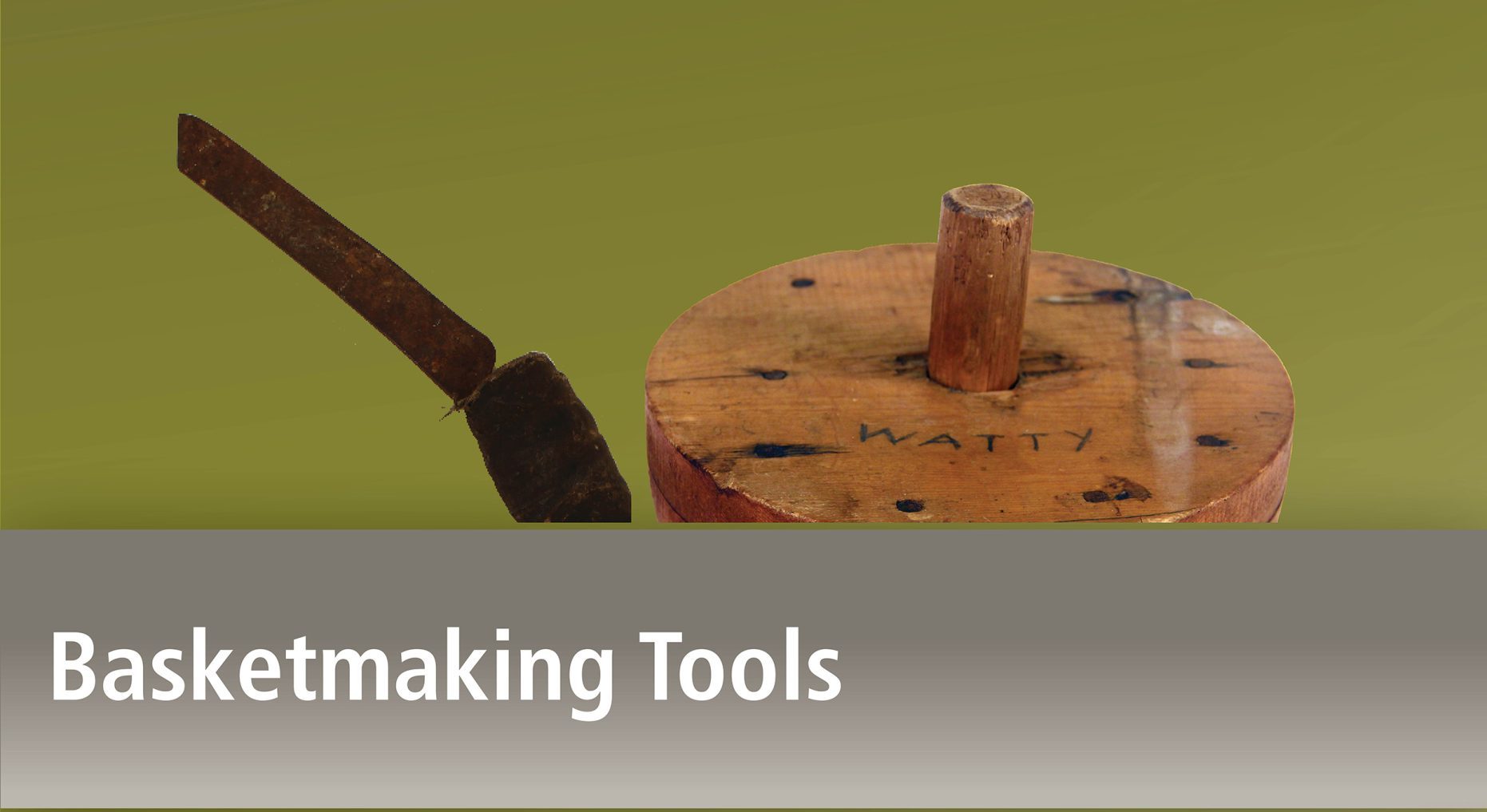
Wabanaki baskets are made with materials indigenous to the Northeast. Brown ash provides splints for weavers and standards. This species of ash grows in wetlands and, when pounded with the back of an axe, it separates along its annual growth rings. Each ring can be split in half and, depending upon the thickness of the material, can be split again. The material is then gauged to create uniform splint widths and often dyed with vegetal dyes and later with commercial dyes. Thinner material is preferred for weavers and thicker, sturdier splints for standards.
Each basketmaker draws upon a family assemblage of basketmaking tools–gauges, crooked knives and blocks–passed down within their family for generations. Tools are often specifically designed to fit a basketmaker’s hand and may be ornamented with chip-carved designs, their initials, or name.
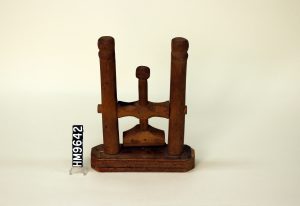 Scraper
Scraper
Splints that have been run through the splitter need to be scraped to remove the connective material between the summer and winter growth layers. Scrapers are also used to plane down thicker material.
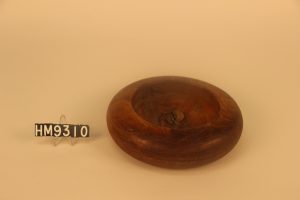
Urchin Block

Curly Bowl Block
The block is inscribed “WATTY,” the nickname of Lucy Nicolar Polar, Princess Watahwaso.

Tatting Basket Block
This block or mold was used to make strawberry and acorn-shaped tatting baskets. Based on the smudges of dye on this block, it was used to make acorn tatting baskets.
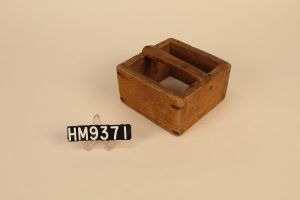
Handkerchief Basket Block

Crooked Knife
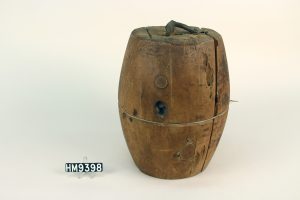

Urchin Block

Splint Gauges
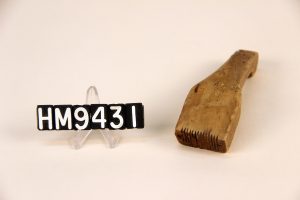
Splint Gauges
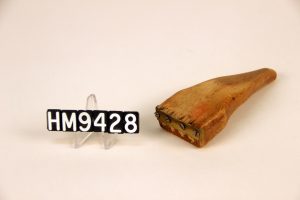
Splint Gauges

Splint Gauges

Splint Gauges
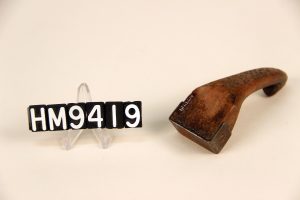
Splint Gauges
